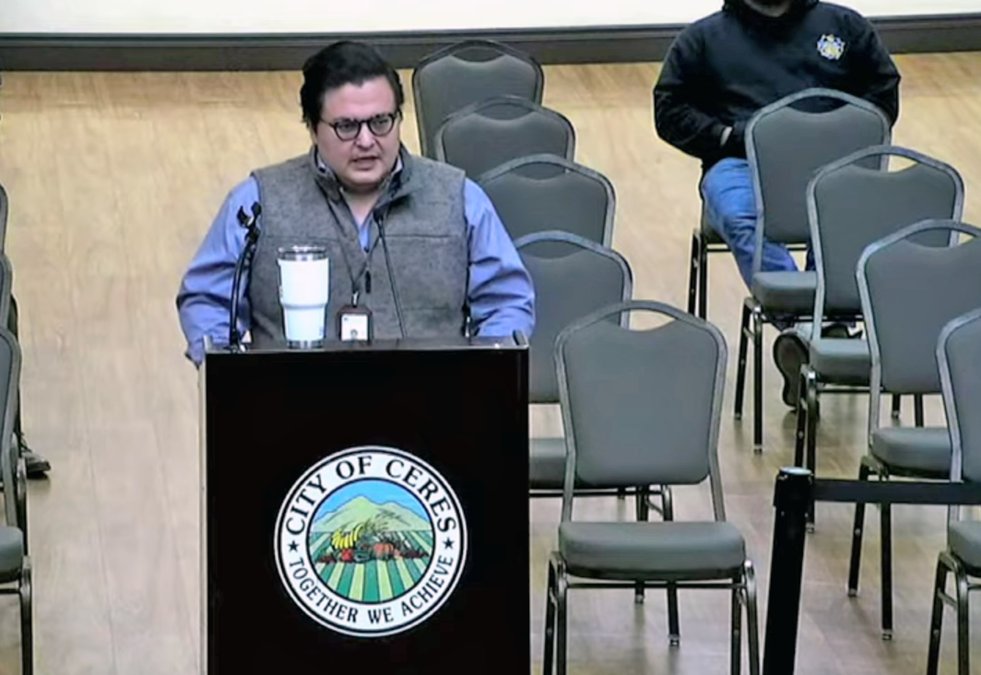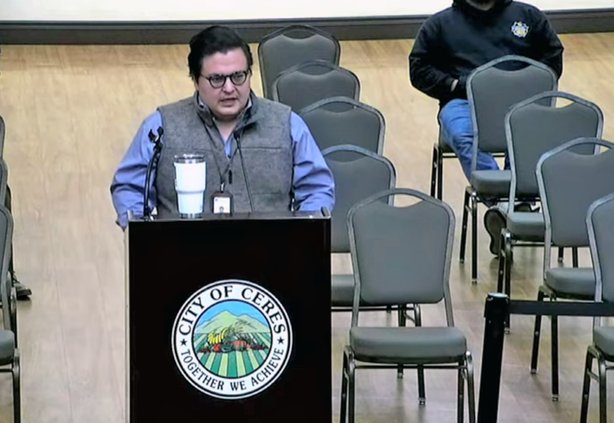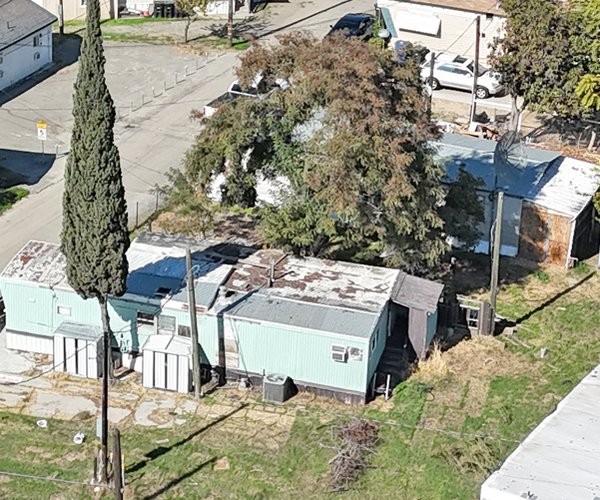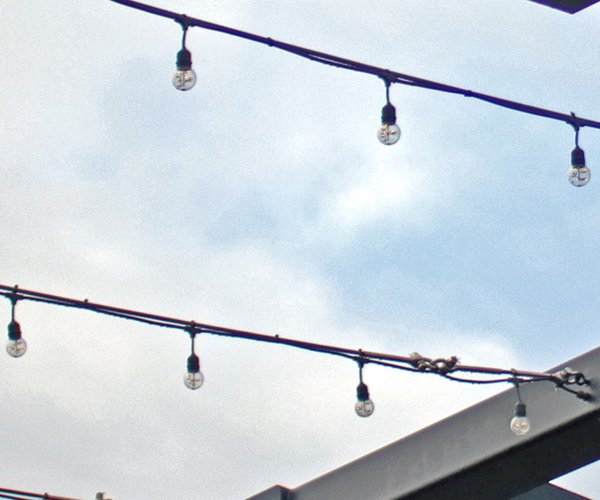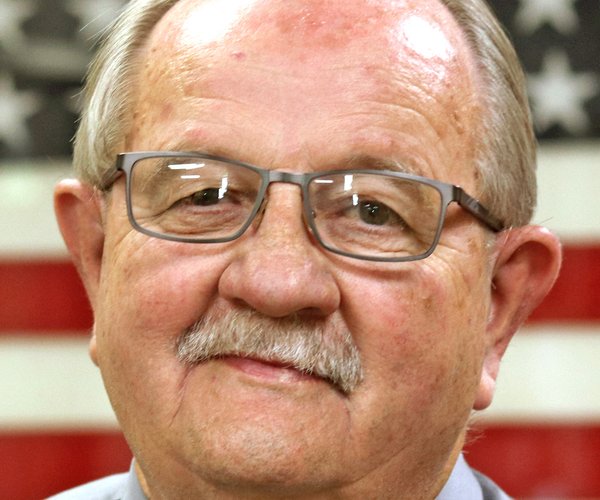Nathan Alonzo, a PG&E local government affairs representative, appeared before the Ceres City Council last month and offered a safety message for the community as well as tips to mitigate bills entering colder winter months.
“I think it would be insincere to say that we don’t recognize significant challenge and affordability issue that rates have on customers on the residential gas and then also the electric front, said Alonzo. “Because of that, we have done a number of different things at PG&E. We decreased costs and expenditures and found a way to have cost savings of almost a billion dollars over the course of the last two years. We have found ways to sunset third-party contracts.”
He also stated that PG&E also found ways to go back to the Public Utilities Commission to say that certain programs are “either needing to be reformed or in need to be dropped off of residential customer bills. So last year we saw a reduction in residential customer rates. At the beginning of this year, we saw a reduction again. We’re hoping to have another one before the end of the year.”
He noted that for the first time in 15 years, PG&E didn’t go and ask for a rate increase.
“At the CPUC, I think that a lot of our customers, especially on the electric front, breathed a sigh of relief and we hope that this is only the beginning of a really earnest effort to begin to bring bills down on the electric and gas front.”
PG&E has two programs to help out low-income families who meet a specific income threshold.
“We’re able to take in a larger segment of customers and help provide them with some notable savings on their residential customer bills,” said Alonzo.
The California Alternate Rates for Energy (CARE) and the Family Electric Rate Assistance (FERA) programs help give folks between an 18 percent and 20 percent discount on their monthly bill.
The federally funded Low Income Home Energy Assisance Program (LIHEAP)
And then L heap, which is a federally funded program, helps folks who have fallen behind on their bill, catch up, “and it gives them a pretty much a grant of $1,000 to help get their bill back to zero.”
PG&E also offers a go-green and home energy checkup by sending members to a customer’s home to perform an energy audit. That allows a customer to identify where they most use gas and if appliances need to be updated. Those who fall under a certain income level may be put in touch with a community organization that can maybe help replace the appliance at no cost.
In times of temperature extremes, PG&E provides disability disaster access and resources.
“So if folks have, for example, an access or a functional need, like the need for oxygen or the need to keep their home at a certain temperature because a member of the household has a qualified medical issue, we will subscribe them to a number of our programs that can, 1). make sure that they are notified if a project of ours is ever going to impact gas or electric service at their address; and 2). it allows us to enroll them in what’s called medical baseline. So they are able to obtain a lower cost of energy usage because of their qualified medical need.”
To some electric customers with qualifying medical issues, PG&E provides backup power to make ensure that these customers aren’t left in a lurch in case of service disruption.
To advance safety, PG&E also offers other resources for the general public – the Safety Action Center and Reported App.
“If you see something like, hey, there’s a gas meter or a piece of equipment that I know belongs to P&E and it’s looking like it needs a little attention, drop it to us in the Reported app,” he noted.
The Safety Action Center (found at https://safetyactioncenter.pge.com) helps give folks ideas and resources on how they can keep themselves safe and what to watch out for when it comes to natural disasters or other emergencies that may interrupt gas or electric service.
PG&E has requested a rate hike which is being considered before the CPUC. The rate increase proposal would result in the average electricity costs rising by $144 a year starting in 2027 for customers using 500 kWh per month.
According to the PG&E website, the 2027-2030 General Rate Case proposal would fund investments to:
• Build a more modern grid to handle expected growth in electricity use from new homes, businesses, electric vehicles and AI data centers;
• Improve wildfire safety through proven layers of wildfire protection;
• Increase clean energy delivery and system resilience to extreme weather impacts;
• Strengthen the gas system to keep customers and communities safe, and to improve air quality.
